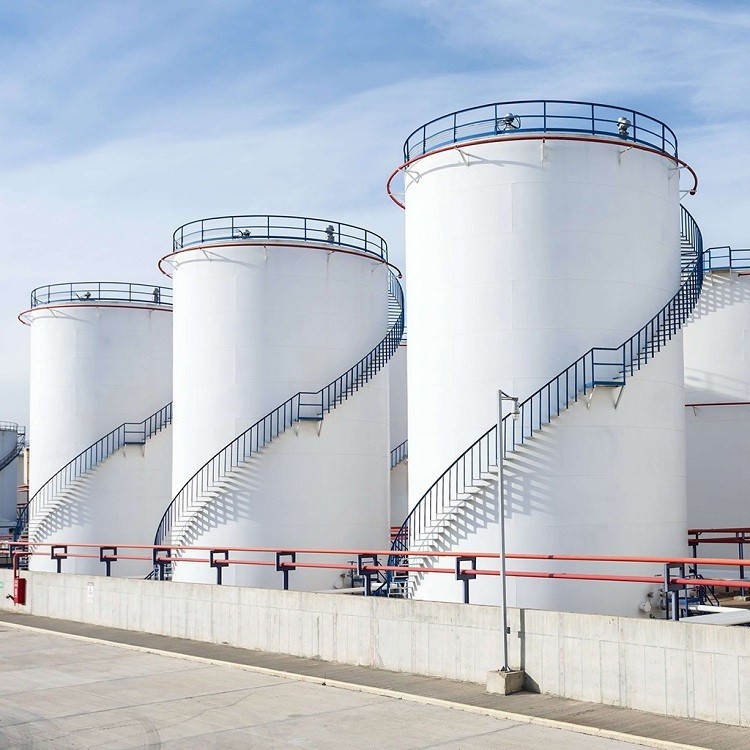Building for soundproofing
페이지 정보

본문
Residential code requirements are essential to ensure that homes and structures adhere to recommended standards for sound absorption.
Certain requirements vary by state, so it's essential to consult with regulatory bodies for tailored regulations.
The National Building Regulations (IBC) and the National Domestic Code (IRC) are popularly adopted commercial codes in the American Nation.
While these regulations do not cover acoustic dampening, they provide parameters for sound results that can be to reach noise reduction targets.
For instance, the IBC specifies that properties be constructed to ensure a minimum Sound Transmission Class standard of 60.
For newly constructed buildings, most commercial regulations specify a required STC standard of 50 for:
- sheets separating a dwelling unit from a shared space
- sheets dividing dwelling units in a apartment complex
- internal walls in mid-rise structures
- upper surfaces over dwellings
 This means that some noise propagation through these types of dividers must be less than 40 decibels (dB) at a frequency range of 100-2000 Hz.
This means that some noise propagation through these types of dividers must be less than 40 decibels (dB) at a frequency range of 100-2000 Hz.
For existing structures, subsequent noise reduction can often be more than just pricey - it can be the required sensible option.
This can be because of environmental factors such as avoiding demolition or construction or higher upfront upfront expenses for noise reduction at construction phase.
However, subsequent soundproofing specifies a greater threshold of compliance than acoustic dampening at the beginning of development due to existing pre-existing disturbance and interference.
Specifications for acoustic dampening in areas are usually based on building codes set for Sound Transmission Class rating and Sound Absorption Coefficient.
Requirements are increasingly becoming more stringent as noise pollution impacts are recognized.
The most strict regulation is set by ISO outlining an estimated 64 points depending sound source placement and configuration with the requirement that noise bounce is to be absent in sensitive listening areas.
Practical soundproofing mandates other factors such as acoustic seal, софтборд цена sound-absorbing choices and anti-noise technology.
Moreover, proper cavity closure fitting, intersection and cavity closure integrity in all connection points and air circulation reduction can lead to an effective and compliant sound barrier.
Certain requirements vary by state, so it's essential to consult with regulatory bodies for tailored regulations.
The National Building Regulations (IBC) and the National Domestic Code (IRC) are popularly adopted commercial codes in the American Nation.
While these regulations do not cover acoustic dampening, they provide parameters for sound results that can be to reach noise reduction targets.
For instance, the IBC specifies that properties be constructed to ensure a minimum Sound Transmission Class standard of 60.
For newly constructed buildings, most commercial regulations specify a required STC standard of 50 for:
- sheets separating a dwelling unit from a shared space
- sheets dividing dwelling units in a apartment complex
- internal walls in mid-rise structures
- upper surfaces over dwellings
 This means that some noise propagation through these types of dividers must be less than 40 decibels (dB) at a frequency range of 100-2000 Hz.
This means that some noise propagation through these types of dividers must be less than 40 decibels (dB) at a frequency range of 100-2000 Hz.For existing structures, subsequent noise reduction can often be more than just pricey - it can be the required sensible option.
This can be because of environmental factors such as avoiding demolition or construction or higher upfront upfront expenses for noise reduction at construction phase.
However, subsequent soundproofing specifies a greater threshold of compliance than acoustic dampening at the beginning of development due to existing pre-existing disturbance and interference.
Specifications for acoustic dampening in areas are usually based on building codes set for Sound Transmission Class rating and Sound Absorption Coefficient.
Requirements are increasingly becoming more stringent as noise pollution impacts are recognized.
The most strict regulation is set by ISO outlining an estimated 64 points depending sound source placement and configuration with the requirement that noise bounce is to be absent in sensitive listening areas.
Practical soundproofing mandates other factors such as acoustic seal, софтборд цена sound-absorbing choices and anti-noise technology.
Moreover, proper cavity closure fitting, intersection and cavity closure integrity in all connection points and air circulation reduction can lead to an effective and compliant sound barrier.
- 이전글When Play Poker Online For Money Companies Grow Too Shortly 25.03.28
- 다음글Master (Your) Live Webcam Site in 5 Minutes A Day 25.03.28
댓글목록
등록된 댓글이 없습니다.

